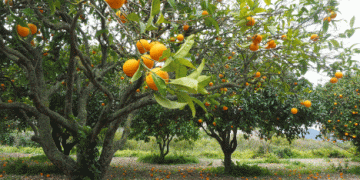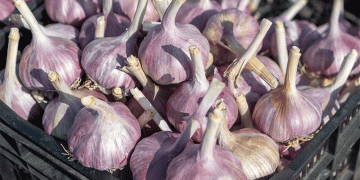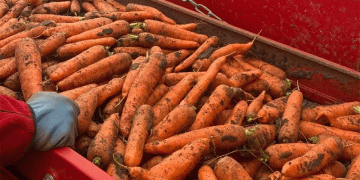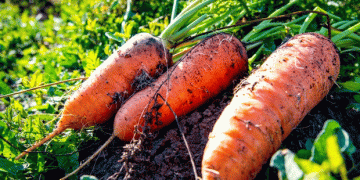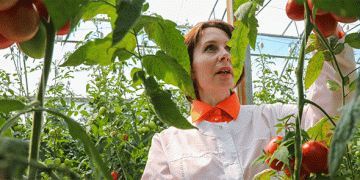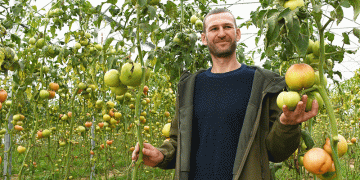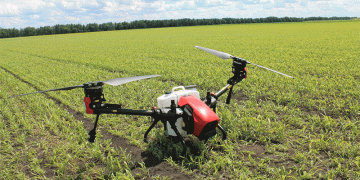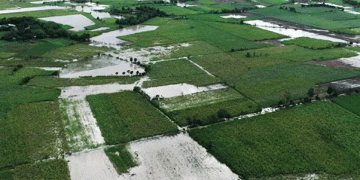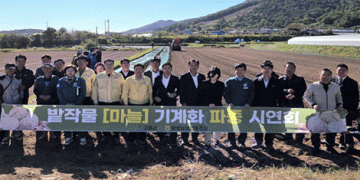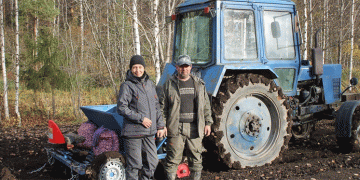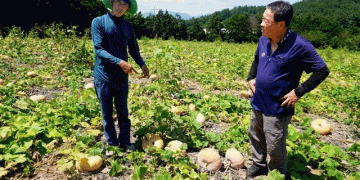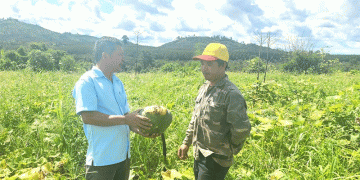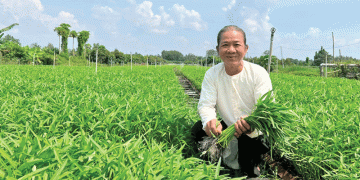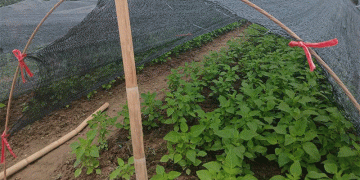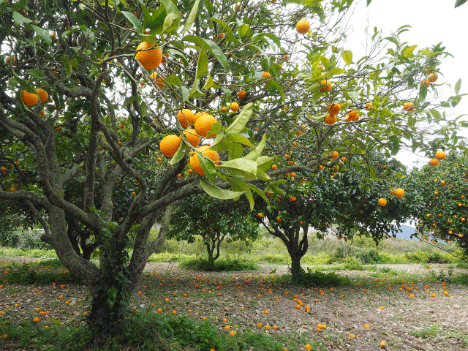Recent detections of Scirtothrips dorsalis and Scirtothrips aurantii in Spain have raised significant concerns among agricultural professionals. These invasive thrips species pose substantial threats to a variety of crops, including citrus fruits, peppers, tomatoes, and strawberries, affecting both open-field and greenhouse productions.
Expansion of Scirtothrips dorsalis
First identified in Alicante in 2016, Scirtothrips dorsalis, commonly known as the chili thrips, has expanded its presence to 48 municipalities across the Valencian Community as of February 2025. This pest primarily targets young leaves, flowers, and developing fruits, leading to silvering, scarring, and deformation, which significantly diminish the commercial value of the produce. The Valencian Ministry of Agriculture has implemented urgent phytosanitary measures, including mandatory treatments in affected areas and buffer zones, to curb its spread.
Spread of Scirtothrips aurantii
Originating from South Africa, Scirtothrips aurantii, or the South African citrus thrips, was first reported in Spain in 2020. By January 2025, it had infested 16 municipalities in the Safor-Valldigna region. This species feeds on fruits and leaves, causing severe cellular damage that results in deformations and scarring, particularly on citrus fruits, rendering them unmarketable. The regional government has mandated phytosanitary treatments and intensified monitoring to manage this pest.
Economic Impact
The proliferation of these thrips species has led to significant economic losses. In the 2024-2025 season, persimmon producers in the Valencian Community faced over €47 million in losses due to increased culling rates exceeding 30%, primarily attributed to Scirtothrips aurantii. Similarly, citrus growers in Castellón reported that up to 60% of emerging fruits were affected by this pest, leading to heightened production costs due to additional required treatments.
Control Measures and Challenges
Managing these pests involves implementing strict phytosanitary protocols, such as regular monitoring, application of appropriate insecticides, and thorough cleaning of equipment to prevent cross-contamination. However, the rapid spread and adaptability of these thrips, coupled with limited effective control options, present ongoing challenges. The Valencian Association of Farmers (AVA-ASAJA) has called for increased support, including financial aid and the distribution of traps, to assist affected farmers in combating these invasive species.
The emergence and spread of Scirtothrips dorsalis and Scirtothrips aurantii in Spain underscore the critical need for vigilant monitoring, prompt intervention, and comprehensive support for the agricultural sector. Collaborative efforts between governmental bodies, agricultural organizations, and farmers are essential to develop and implement effective strategies to mitigate the impact of these invasive pests on Spain’s fruit and vegetable industries.
